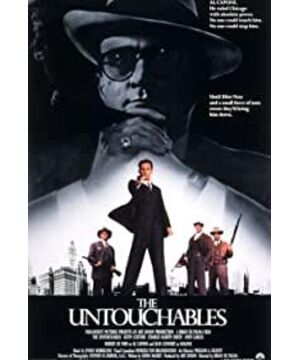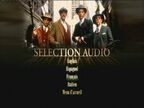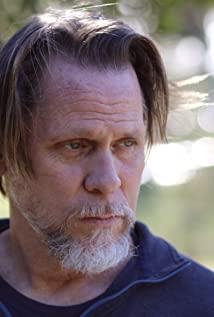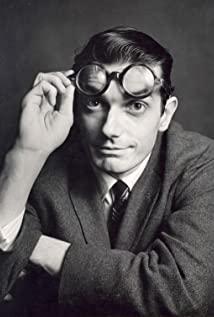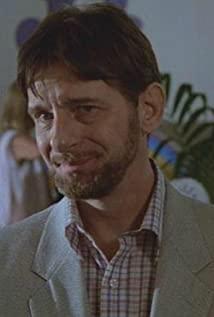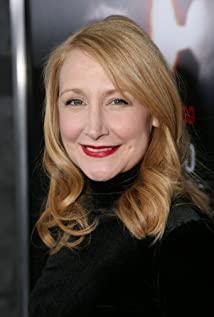First as the book says. The film's camera cuts are quite sophisticated and relatively clever. For example, in the opening part, Nas's family situation is used to express the loss of time. After his wife's big belly -- the audience who carefully talks with his daughter will find that it doesn't matter if he doesn't find it. Because it's not a very important factor for the story.
Then there's the story itself. The story takes place during Prohibition in the 1930s in the United States. Detective Nas wanted to arrest the big bootlegger in Chicago because he learned that the innocent little girl was killed by the "black eat black" among the wine merchants. Nas failed in an inventory operation. What was originally thought to be bootleg wine was indeed an umbrella. Nas, who had not yet entered the WTO, was put together by Kabon.
After that, Nas cooperated with three partners, among them, the accounting partner let Nas find another way to bring Kabon to justice. By sue Kabang for tax evasion.
It can be said that this is the
beginning of a transformation. Nas hates Kaban because the interests of buying and selling bootleg alcohol have led to the sacrifice of innocent people. And the straightforward and most satisfying way is to find out that you were selling bootleg alcohol during Prohibition and put you in jail.
But from here, Nas began to get Kabon jailed by tax evasion. This seems to be contrary to the original intention. In order to achieve the goal [Kabang is imprisoned], there is no need for any means,
but the end part is through the memorized sentence. Let this story that seems to be a "detour" return proudly. be elevated.
That's the highlight of the movie, and it's the finishing touch.
View more about The Untouchables reviews


